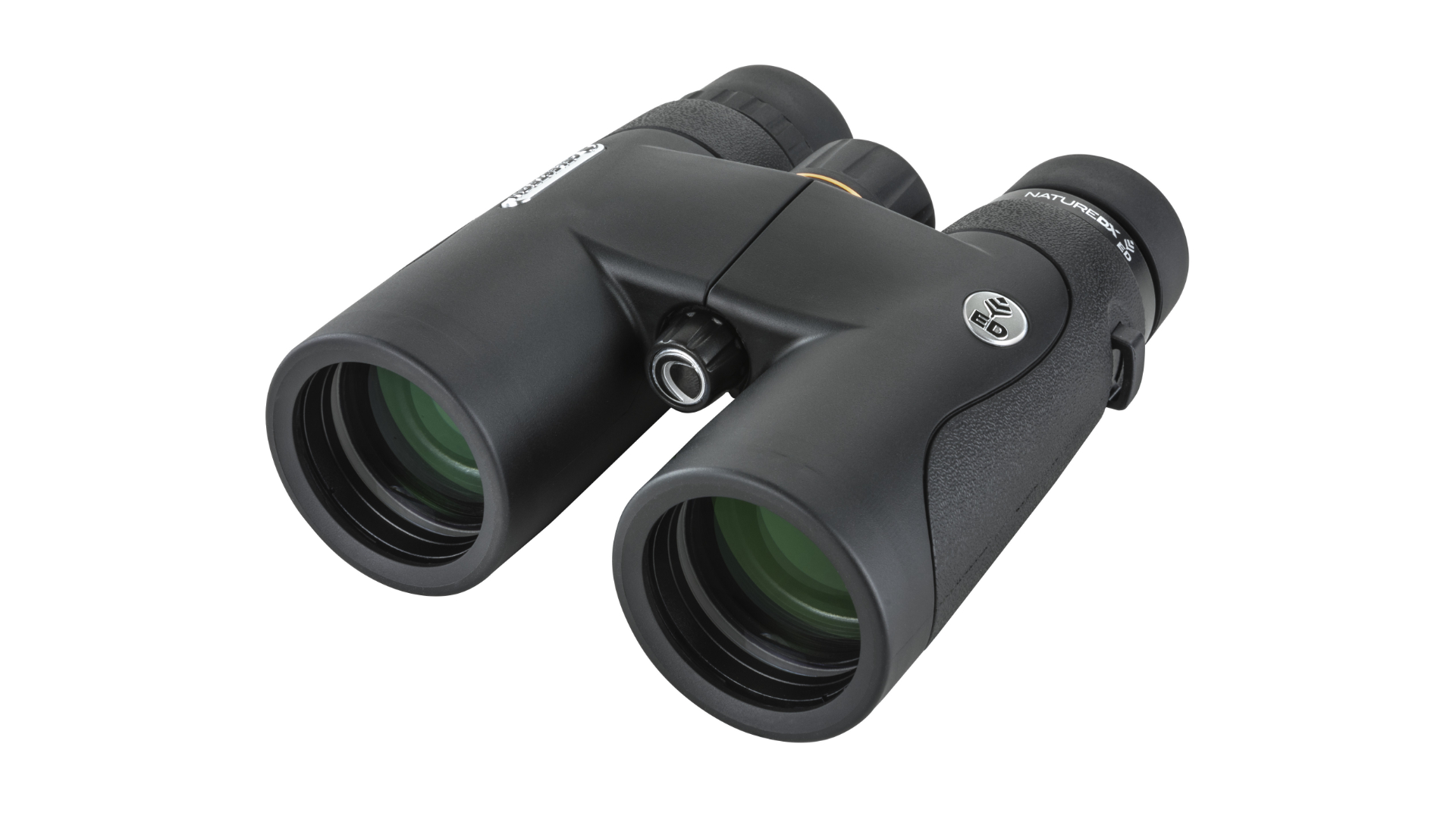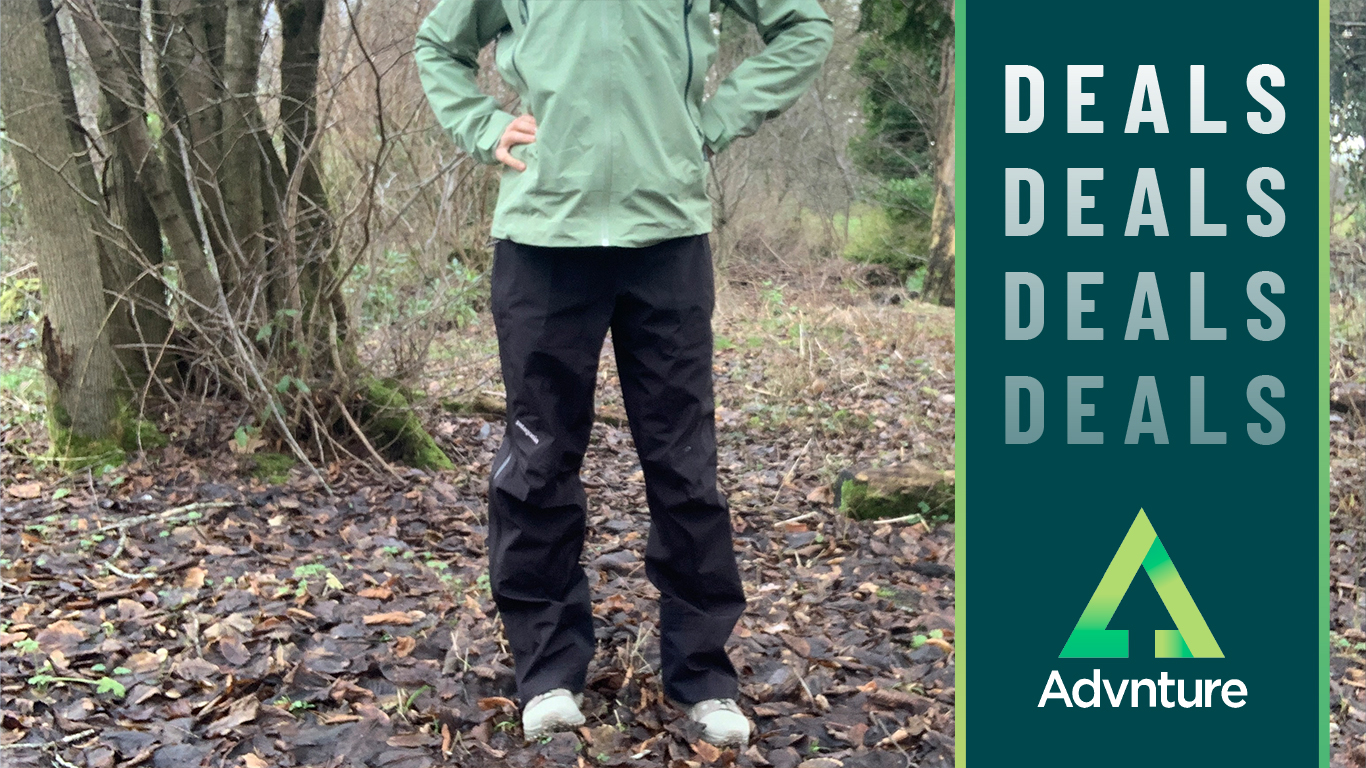Advnture Verdict
If you’re looking for an entry-level pair of binoculars that squeeze under a particular price point, then the Celestron Nature DX ED 8x42 are definitely worth your consideration. You get a good wide field of view – which is really important if you’re watching birds or fast-moving wildlife. The 42mm objective lens and ED glass technology deliver an image with bright, natural colours. And the fact that it can focus down to 2m make these contenders for the general wildlife watcher. These are a serious pair of nature binoculars that will meet the needs of the majority users and that deliver a really impressive image for your money. Everyone on my panel of users was impressed with the brightness and clarity of image they offered.
Pros
- +
Good for general nature watching
- +
Deliver superb colour in good light conditions
Cons
- -
Don’t feel as high-end and slightly heavier than others
- -
Struggled to get sharp mid-range focus in lower light
You can trust Advnture
First thoughts
I wasn’t blown away by the Celestron Nature DX ED 8x42 on my first inspection. They don’t feel as slick as the Nikon Prostaffs, which are just a little more expensive. Nor do they have the same quality feel. The dioptre and eyecup adjustments don’t have the same reassuringly solid feel and while the focus wheel was easy to use, I found the central hinge a little stiffer than expected.
- Browse all of the best binoculars in our buying guide
- Learn how to use binoculars – and find the best pair
- The best places in the US for dark sky stargazing
Hold them in your hands and you’ll notice a little extra weight. For people who are carrying these on a day walk or from the car to a bird hide, that isn’t going to be a big deal. But I wouldn’t be quite so inclined to pack them for that ‘just in case’ moment when I’m out walking or on a long day’s bike trip.
And while the metallic orange ring on the focus wheel gives them a slightly funkier look, they don’t have the same high-end look and feel as binoculars that cost just a little more.
• RRP: $179 (US)/£200 (UK)
• Size: 142mm length; 128mm width/ 5.6inch length; 5inch width
• Weight: 705g/24.9oz
• Magnification: 8
• Objective diameter: 42mm
• Field of view at 1000m: 129m
• Close focusing distance: 2m/6.6ft
In the field
Get the eyecups open, adjust the dioptre setting and it doesn’t take long before you’re focusing on what really matters – the image quality. Celestron make a lot of the ED glass technology that they say promises bright natural colours. And sure enough, these are really impressive.
I tested these on my local patch, where every morning a juvenile kestrel was learning to hunt among the limestone scree and wildflowers, resting between hunting attempts in a whitebeam about 30 metres away. That gave me long enough to compare each pair of binoculars and these did not disappoint. The blue grey tail feathers of his head and the fawn and chestnut browns were all superbly clear and faithfully reproduced. It was a real delight to sit and watch him through these binoculars.
As he dropped down on his prey, I did struggle a little at times to get the mid-range focusing super sharp, but when I did the image quality at this distance was a delight. And when a dragonfly landed just beyond my rucksack, and I could quickly refocus down to just 2 metres to enjoy the emeralds and blues of this autumnal southern hawker.
We gave this pair three stars, and that possibly feels a little harsh. The image quality is excellent, they do everything I need from birds to insects and I spent some wonderful mornings and late evenings roaming my local patch in their company.
For the average wildlife enthusiast looking for a pair at this price point, these are excellent. For anyone who has more adventurous aspirations, then the weight and feel may be an issue.
Former Editorial Development Director for Lonely Planet, editor of Trail and BBC Wildlife magazine, and editor-in-chief of Trail Running magazine, Matt got the outdoor bug as a teen on gruelling UK Ten Tors events around Dartmoor. He has hitch-hiked to Egypt, cycled through India, enjoyed the delights of the High Atlas, slept on volcanoes while living in Central America, climbed in the Alps and tackled some of Scotland’s really big routes, from Tower Ridge and the Cuillin to the Aonach Eagach. He’s got a passion for butterflies and ukuleles. If you see him in a campfire situation… approach with caution.


